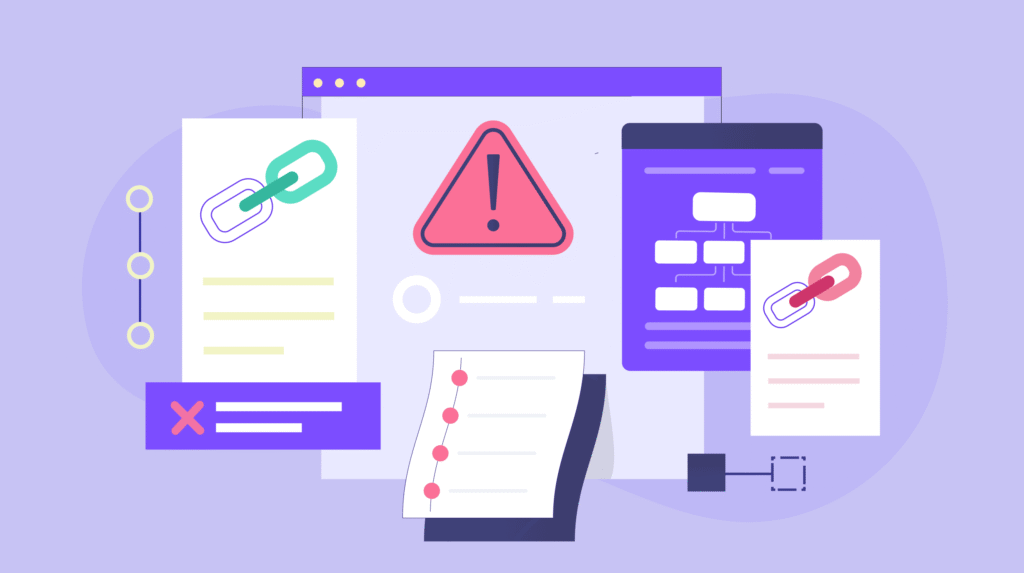Ever wondered why your website just isn’t showing up on Google’s first page—or anywhere close? You’re not alone. With search engine dynamics constantly shifting and competition ramping up, even having a live site isn’t enough. Here are the top culprits behind poor ranking performance—and how to fix them.
1. Broken Technical SEO Foundations

- Slow site speed: Google (and users) hate sluggish pages. Large image files, no caching, and bloated JavaScript all contribute. Use tools like Google PageSpeed Insights or GTmetrix to pinpoint issues.
- Mobile-unfriendly layout: Google uses mobile-first indexing. If mobile navigation is clunky or font sizes are jumbled, you’re already losing.
- Broken links & crawl errors: A 404 here, a wrong redirect there—suddenly Google can’t crawl your site properly. Fix it with regular audits using tools like Screaming Frog or Search Console.
- Missing metadata: Title tags, meta descriptions, header tags—they’re basic, but essential. Without them, you’re coding blind and missing keyword opportunities.
2. Weak or Thin Content
- No new content—or stale copy: If your blog hasn’t been updated recently or the pages feel generic, Google won’t see them as valuable.
- Poor relevance to search intent: Keywords matter—but so does answering what people actually want. Make sure your copy speaks directly to user needs.
- No LSI (Latent Semantic Indexing) keywords: Use words related to your main topic—like “search visibility,” “SEO ranking factors,” “Google algorithm updates,” and “organic traffic growth”—to help Google understand your content contextually.
- Duplicate or low-value text: Thin pages (like “About Us” copied across the site without variation) can drag rankings. Make every page meaningful.
3. Weak Backlink Profile

- Too few quality backlinks: Google trusts sites referenced by authoritative domains. Guest posts, partnerships, and content outreach help build power.
- Low-quality or spammy backlinks: If your links come from shady or irrelevant sites, they do more harm than good. Use tools like Ahrefs or SEMrush to evaluate link quality.
- No internal linking structure: Even without external links, you can boost SEO by strategically interlinking related content—making your site crawlable and context-rich.
4. Poor User Experience (UX)
- Messy layout and confusing navigation: Visitors bounce—and Google notices bounce rates. Clean, clear UX keeps users engaged.
- Intrusive pop-ups or ads: We get it—ads pay the bills. But aggressive pop-ups, especially on mobile, can tank rankings.
- Lack of user engagement signals: Low dwell times, few comments, or no repeat visits send negative signals that Google picks up.
5. Google-Specific Blindspots
- No XML sitemap or robots.txt: Without telling Google which pages to crawl, you’re flying blind.
- No schema markup or rich snippets: Structured data like FAQs, breadcrumbs, or ratings can boost SERP visibility.
- No regular performance monitoring: Use Google Analytics and Search Console to track impressions, clicks, crawl stats, and overall visibility.
Fixing the Ranking Rut
- Audit your site: Use technical tools to pinpoint site-speed, mobile-friendliness, crawl errors, and metadata gaps.
- Upgrade your content: Refresh old blog posts with LSI keywords, deeper insights, and updated data.
- Build high-quality backlinks: Reach out to industry blogs, guest post, offer collaborations—build authority the right way.
- Improve UX: Tighten navigation, reduce distractions, ensure responsive design, and monitor engagement metrics.
- Use Google’s tools: Submit sitemaps, fix indexing issues, implement schema, and track changes with Google Analytics and Console.
Resources to Dive Deeper
For projects already stuck in the SEO trenches, check out how long SEO really takes to work: “How Long Does SEO Take to Work?” —you might find timelines and expectations worth bookmarking.
If your SEO is underperforming despite your best efforts, don’t miss the post “Why Your SEO Is Not Working and How to Fix It” for hands-on solutions tailored to common pitfalls.
Final Takeaway
If your website isn’t ranking, it’s not just Google being mysterious—it’s usually one (or more) of these issues: sloppy technical setup, poor or stale content, weak backlinks, bad UX, or neglecting the tools that support visibility. Tackling these head-on is how you move from “invisible” to “page one.”
Ready to drill down and fix your SEO—no fluff, just strategy? Give me a shout, and let’s get your site on the digital map.




